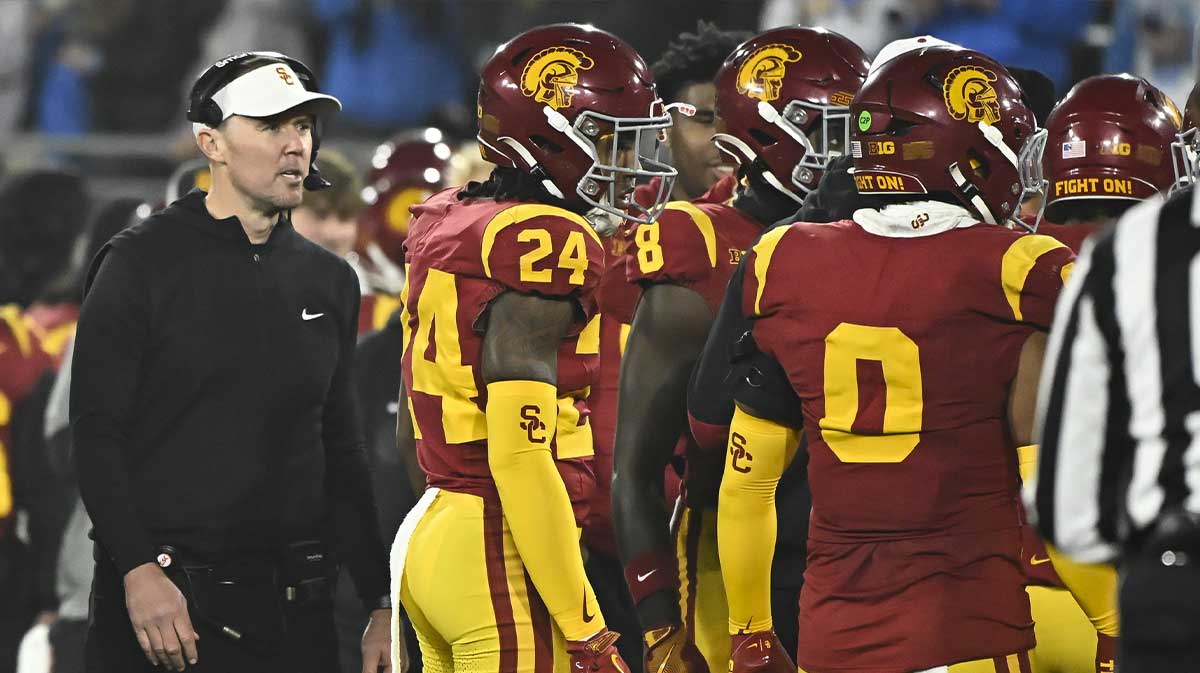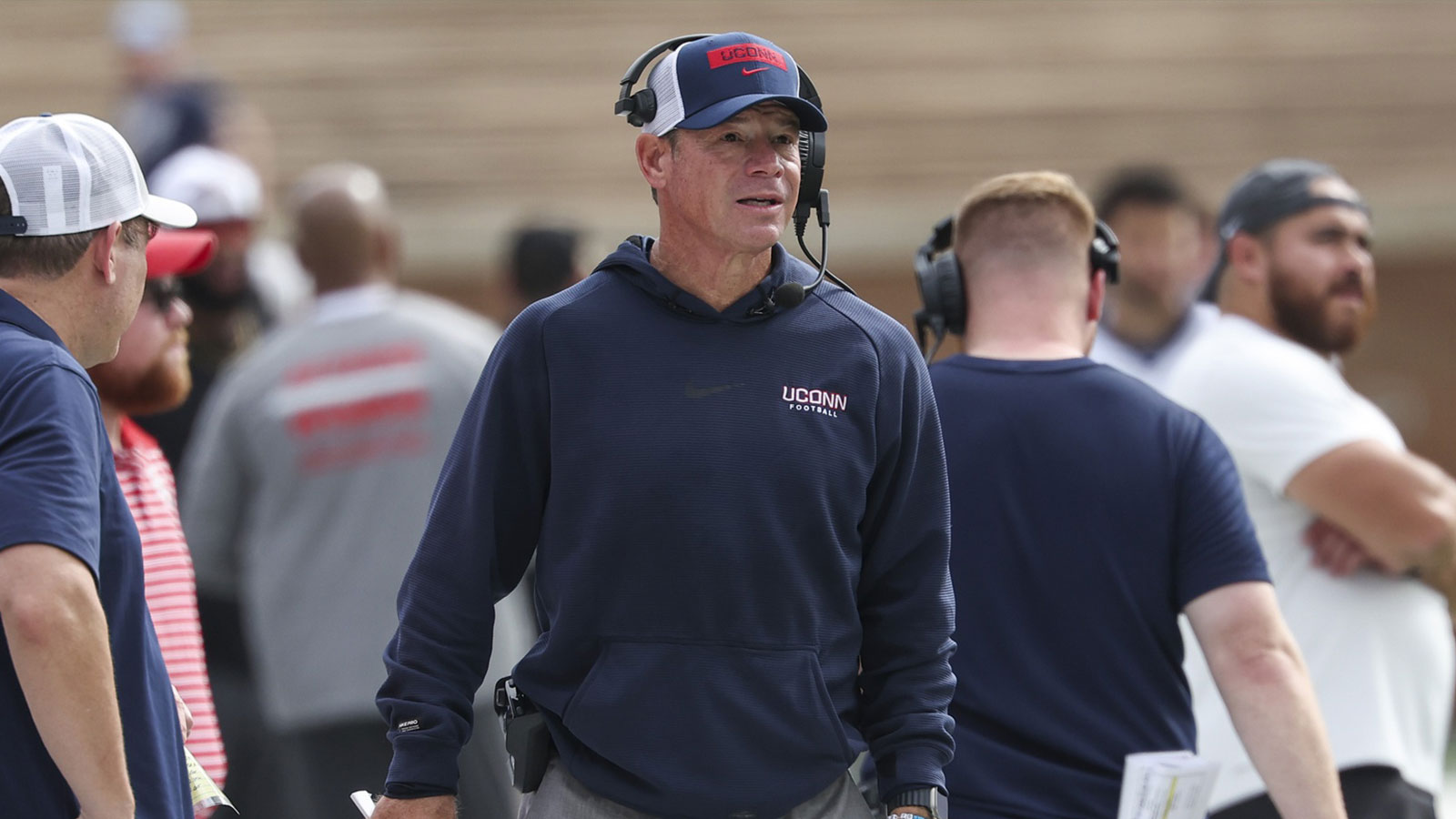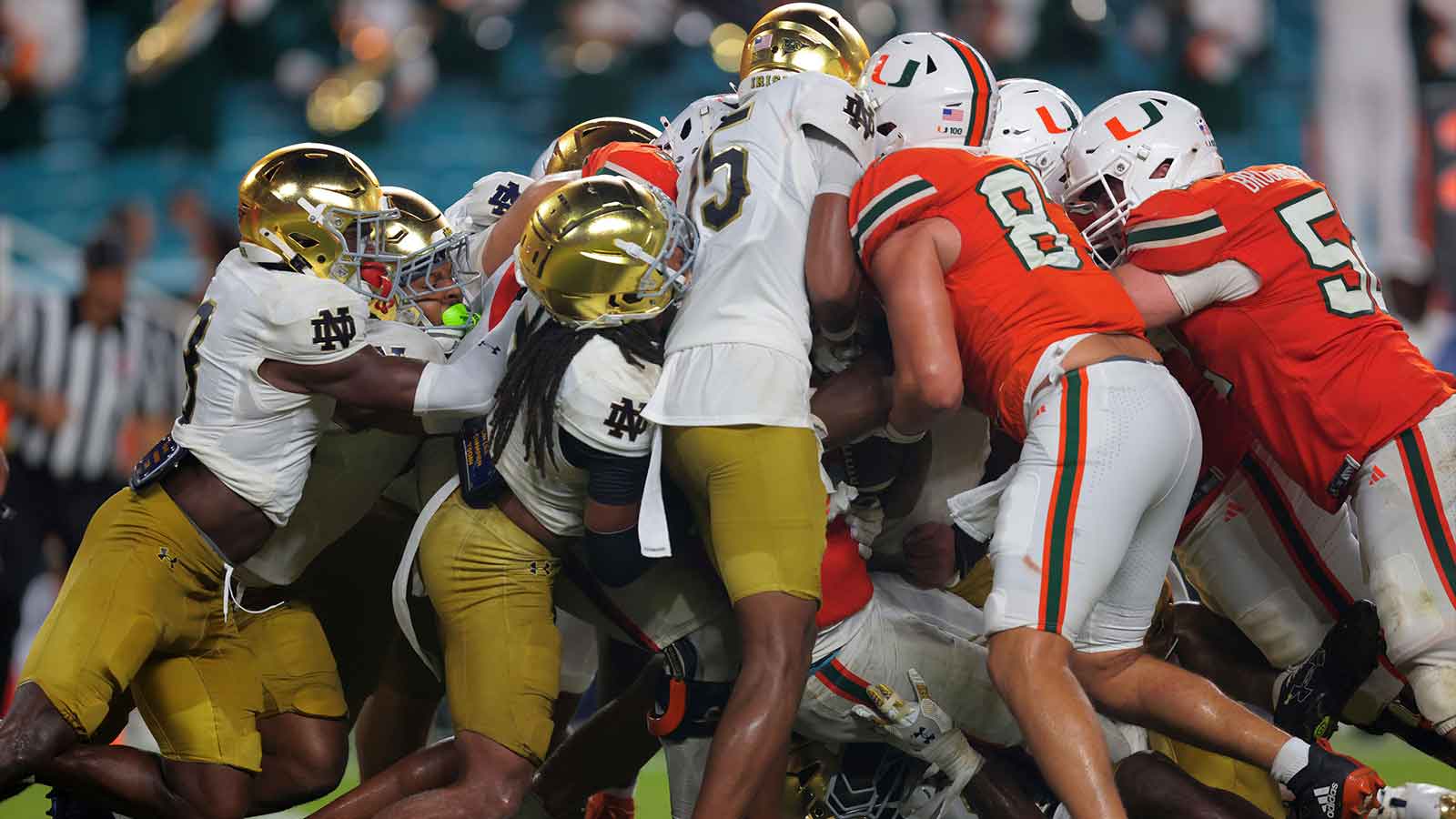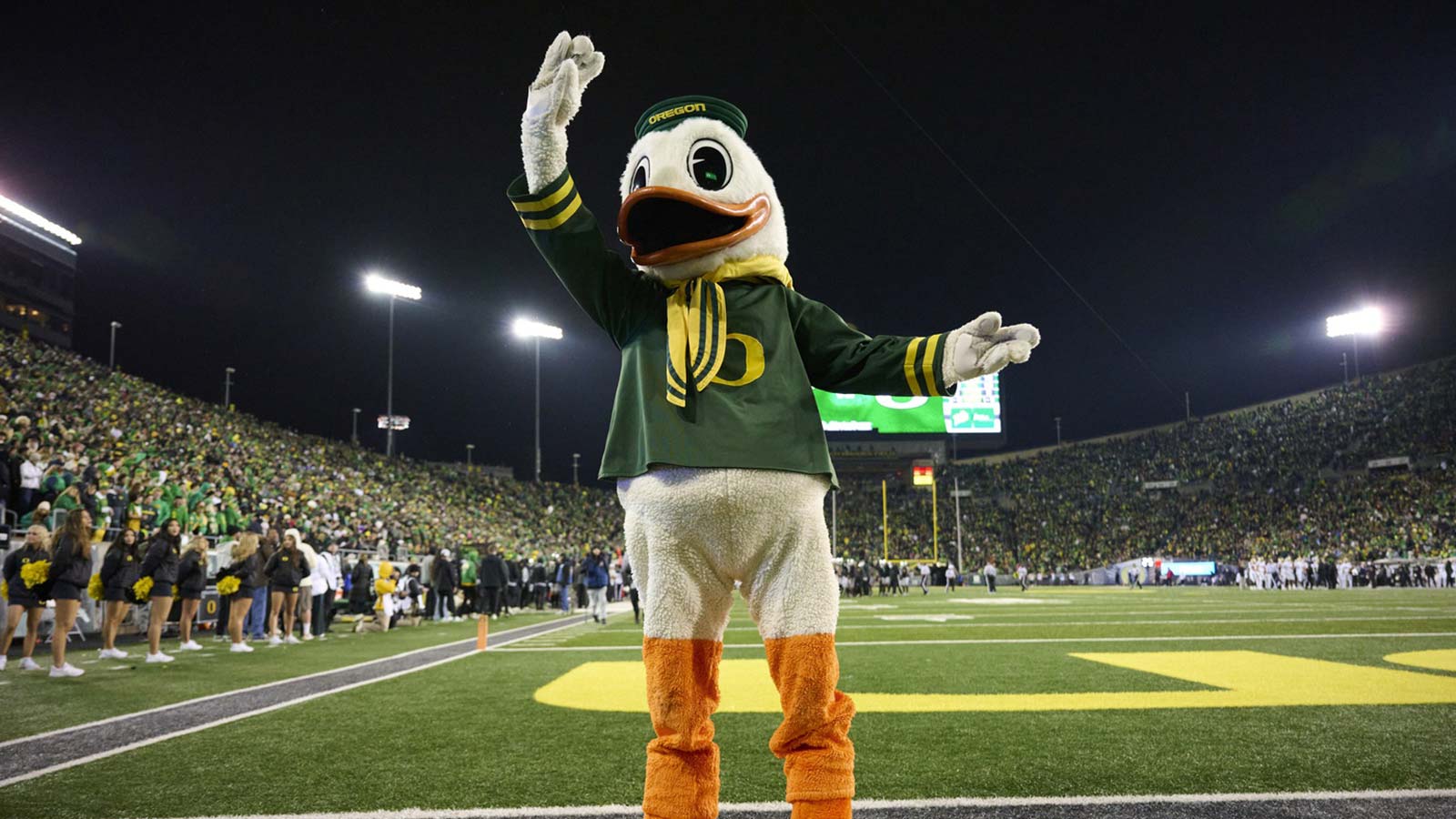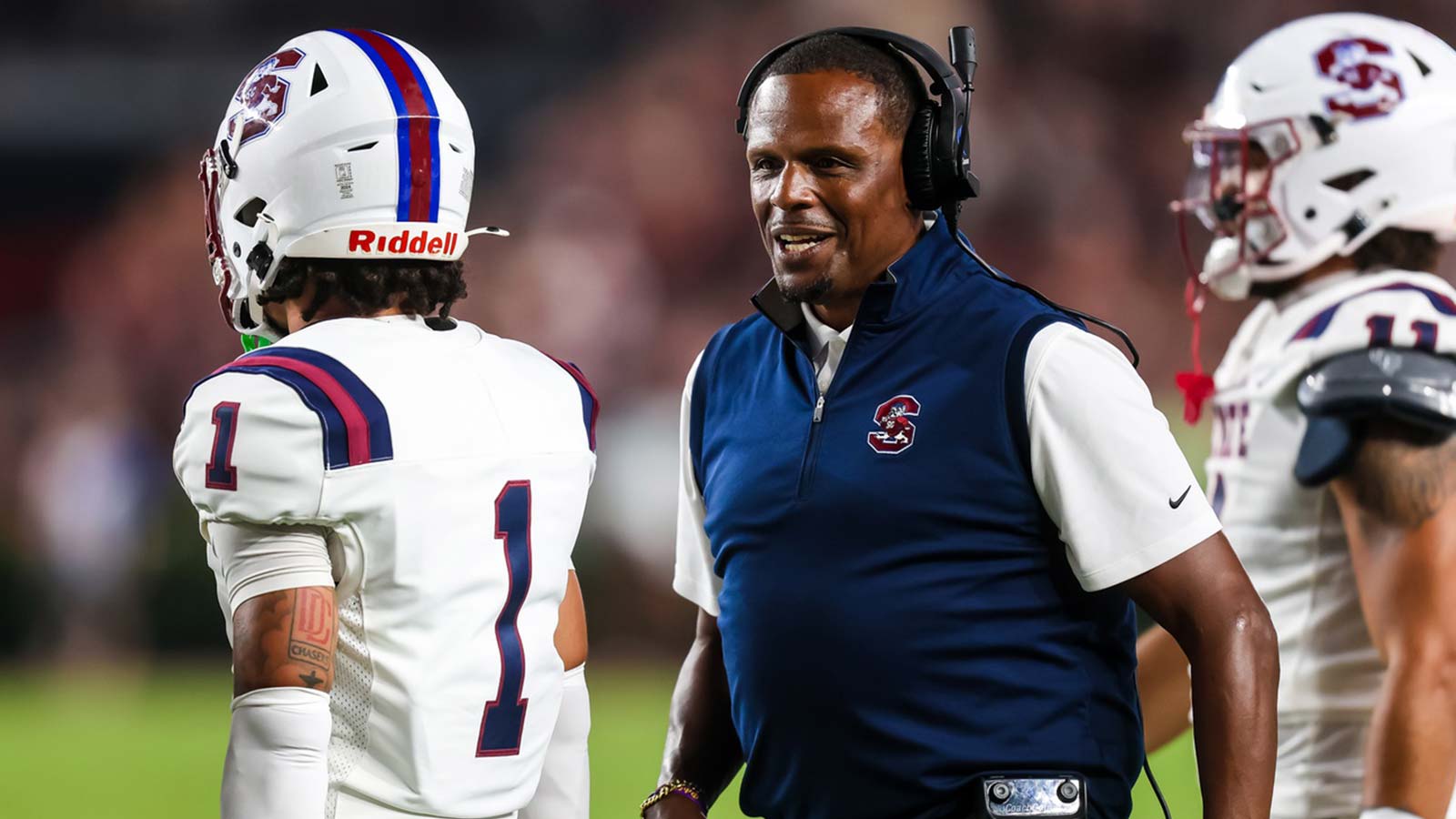With the college football landscape undergoing significant upheaval in just the past couple of weeks with the Big Ten and Big 12, is there a natural inclination to find someone to hold responsible, right? The onus has to be put on someone, with the easiest targets likely being the University of Oklahoma and the University of Texas, given that they were the first major moves in this eventual 2024 realignment.
In the aftermath of all the expansion and realignment, it will be easy to pinpoint Oklahoma and Texas as the culprits. The historical narrative might read something like, “Following the announcement of Oklahoma and Texas departing from the Big 12 in 2021 to join the SEC in 2025, a chain reaction of changes ensued.”
This statement wouldn't be far from the truth; Oklahoma and Texas were pivotal catalysts. But you first have to understand why they did what they did, and why teams are leaving for other conferences like the Big Ten and Big 12.
Why would Oklahoma and Texas leave the Big 12?
Texas saw the writing on the wall, as Oklahoma just followed behind them. It was always going to be a package deal with them, even if they are bitter rivals. Those two schools will always be joined at the hip to each other. But both ultimately realized that if they were going to continue to thrive as part of the premier elite in college football, they were going to have to do the unexpected and leave the Big 12.
If there's one thing that Texas has never been short on, it's money. Back in the days of the Big 12 when they had unequal revenue sharing, the Longhorns brand name was carrying it. It's why ESPN decided to create The Longhorn Network, with both parties believing then it was going to be revolutionary to college sports television. However, the network has yet to ever fully materialize into what most had hoped to be. It probably also hasn't been as effective as most were hoping since Texas has been virtually irrelevant since the creation of the network, particularly in Texas football, where not so much as a Big 12 Championship has been won.
But ultimately, the Longhorns saw where the future of college football was going, and more importantly, where it was growing, and it wasn't in the Big 12.
Oklahoma and Texas joining the SEC was about money
The SEC has dominated college football for the better part of two decades, only growing in size and popularity. Meanwhile, the Big 12 has lost the likes of Colorado and Nebraska over that time, including also Texas A&M to the SEC. Even after the recent announcement that Colorado was rejoining the Big 12 in 2024, most likely due in large part to the Coach Prime effect, the conference still isn't in the same class as the SEC.
The SEC built its own brand as a collective conference of higher-tier teams that goes from top to bottom, whereas the Big 12 over time has become a top-heavy conference, with Oklahoma football and Texas football at the forefront of that. The lack of intriguing, ratings-inducing matchups were starting to dry up, where only Oklahoma and Texas, in their famous Red River Shootout, were seemingly the biggest draws left. The SEC produces games similar to that on nearly a weekly basis. Which is why the SEC has the massive television deal with ESPN now, ranked as the second best deal out of all the conferences, according to Streaming Stadium.
The ownership of SEC media rights will soon shift to Disney as part of a 10-year agreement valued at approximately $3 billion, set to commence in 2024. Each of the eventual 16 member schools, including Oklahoma and Texas, stands to potentially gain up to $70 million annually.
Oklahoma and Texas set a precedent
As the sport has continued to grow and become more and more like a thriving professional athletic business to that similar of the NFL, so money has come to the forefront of much discussions. It's also been the reason for much of the change in the sport. Before any of these media companies like FOX or ESPN started handing out such lucrative deals to broadcast college sports content, a Texas and Oklahoma move to the SEC and the subsequent ones after of other schools to different conferences, would haven't been so likely, at least not to the degree they have been just over the last year.
Oklahoma and Texas saw they were about to be left behind if they didn't leave the Big 12 when they had the chance. They were looking around at the other conferences that once had some of the elite teams in all of college football, watched how they were falling behind yearly, while the SEC was stealing their recruits in their own states and racking up national championships in the process.
Just look at some of what used to be some of the most prominent teams in college football, like USC, Miami, Nebraska, FSU and others and you'll see how they've all falling behind. It's why USC left for the Big Ten; it's why FSU is threatening to leave the ACC. It's about money — now more than ever. Money is what will set you apart in things like recruiting, facilities, and really, building an empire over a conference.
The blame for the Big 12 and Big Ten making such drastic moves can surely be put on Oklahoma and Texas, but only because they saw the future of the sport. The Sooners and Longhorns were willing to sacrifice $100 million total to leave early (per Forbes) for the SEC, which should tell you in and of itself just how big of a deal they believe moving to the SEC truly is. The Big 12 and Big Ten, even with major television deals of their own, are still trying to play catch up to the SEC. They're trying to offset their losses by building bigger, racing to maybe see who can reach 18 or 20 teams first, hoping that would be the outlier against the SEC.








